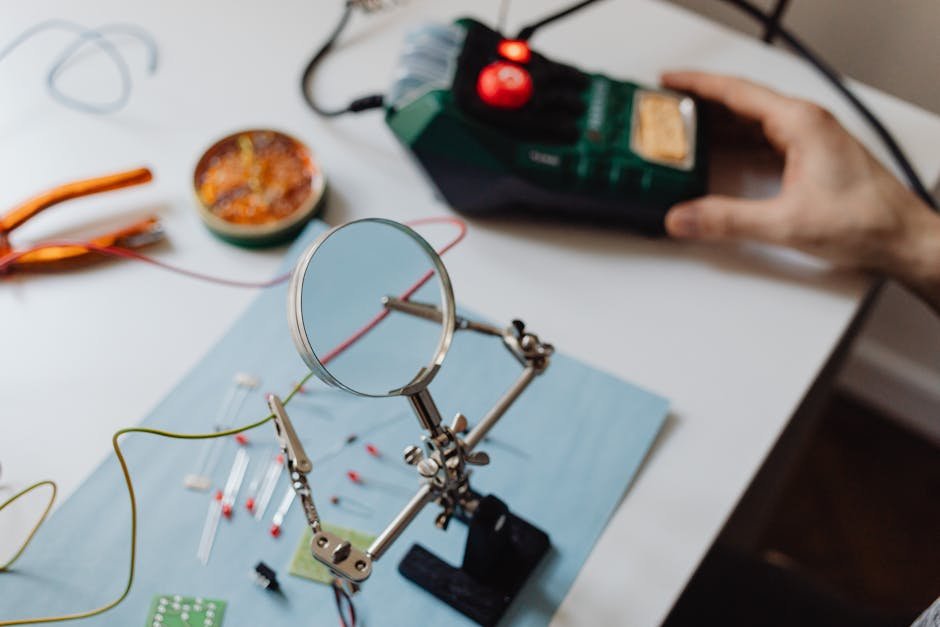The Environmental Benefits of Opting for Glass Crack Repair
/In a world increasingly conscious of its environmental footprint, opting for glass crack repair over replacement is not just a matter of cost-saving—it's a crucial step toward sustainability. Explore the significant but often overlooked environmental benefits that make glass crack repair an essential practice for a eco-friendly future.
Understanding the Environmental Impact of Glass Production
Glass production, while creating a versatile material used across myriad applications, entails a substantial ecological footprint. From high energy requirements to significant raw material consumption, the process contributes to environmental depletion. This footprint underscores the importance of extending the life of glass products through repair, mitigating the need for new materials and reducing overall resource consumption.
Moreover, the manufacture of glass releases considerable amounts of CO2, contributing to greenhouse gas emissions. The energy-intensive melting process, one of the most critical steps, necessitates temperatures up to 1700°C, utilizing fossil fuels and emitting pollutants. It's in this context that opting for glass crack repair becomes not just preferable but crucial for environmental conservation.
How Glass Crack Repair Contributes to Sustainability
Glass crack repair presents a sustainable alternative by prolonging the lifespan of glass products, thereby delaying or eliminating the need for production of new materials. Through skilled repair work, resources are conserved, and the energy consumption associated with new glass production is avoided. This approach not only reduces the demand for raw materials but also diminishes the environmental strain imposed by the disposal of glass products.
The Role of Glass Recycling and Repair in Reducing Landfill Waste
While recycling is a pivotal component of glass sustainability, not all glass makes it into the recycling stream, often ending up in landfills. Glass crack repair offers a complementary solution by repairing items before they reach the waste cycle. This step significantly lowers the volume of glass entering landfills, addressing one of the key environmental challenges associated with glass waste management.
Comparing the Environmental Footprint: Repair vs. Replace
Analyzing the environmental footprint reveals that glass crack repair produces a fraction of the CO2 emissions compared to manufacturing new glass. The repair process, requiring minimal additional resources, stands in stark contrast to the extensive environmental toll of replacement, encompassing material extraction, transportation, and processing. Such comparisons underscore the efficacy of repair as a strategy for minimizing environmental impact.
The Economic Advantages of Opting for Glass Crack Repair
Beyond its environmental benefits, glass crack repair offers compelling economic advantages. Repairing glass, rather than replacing it, often results in significant cost savings for consumers and businesses alike. This economic incentive aligns with environmental goals, promoting a repair culture that supports both our planet and our pockets. The economic rationale for glass crack repair strengthens the argument for its adoption as a standard practice in sustainable living.
Embracing Repair for a Sustainable Future
As we’ve seen throughout this exploration, glass crack repair offers more than just a practical solution for damaged surfaces; it embodies a commitment to environmental preservation and resource stewardship. By choosing repair over replacement, individuals and businesses alike contribute to a culture of sustainability that reduces waste, conserves resources, and diminishes the environmental impact of our daily lives. Embracing glass crack repair is a clear reflection of our collective responsibility to the planet, showcasing that sustainable practices can be integrated into our routines, one repair at a time.




















